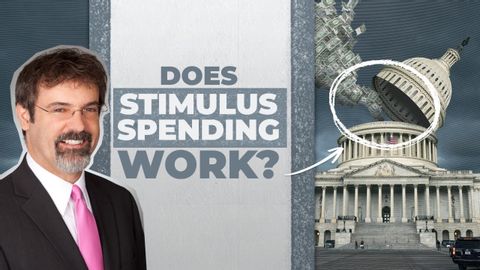
Subtitles & vocabulary
Does Stimulus Spending Work?
00
Ching Hung Lin posted on 2014/05/14Save
Video vocabulary
experience
US /ɪkˈspɪriəns/
・
UK /ɪk'spɪərɪəns/
- Countable Noun
- Thing a person has done or that happened to them
- An event at which you learned something
- Noun (Countable/Uncountable)
- Knowledge gained by living life, doing new things
- Previous work in a particular field.
A1TOEIC
More present
US /ˈprɛznt/
・
UK /'preznt/
- Adjective
- Being in attendance; being there; having turned up
- Being in a particular place; existing or occurring now.
- Noun
- Gift
- Verb tense indicating an action is happening now
A1TOEIC
More average
US /ˈævərɪdʒ, ˈævrɪdʒ/
・
UK /'ævərɪdʒ/
- Noun (Countable/Uncountable)
- Total of numbers divided by the number of items
- Transitive Verb
- To add numbers then divide by the number of items
A2TOEIC
More measure
US /ˈmɛʒɚ/
・
UK /ˈmeʒə(r)/
- Noun (Countable/Uncountable)
- Plan to achieve a desired result
- Tool used to calculate the size of something
- Transitive Verb
- To determine the value or importance of something
- To calculate size, weight or temperature of
A1TOEIC
More Use Energy
Unlock All Vocabulary
Unlock pronunciation, explanations, and filters
